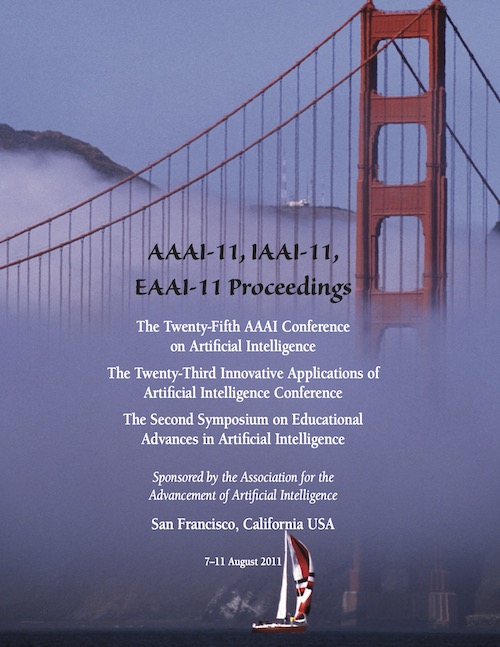Playing to Program: Towards an Intelligent Programming Tutor for RUR-PLE
DOI:
https://doi.org/10.1609/aaai.v25i3.18842Abstract
Intelligent tutoring systems (ITSs) provide students with a one-on-one tutor, allowing them to work at their own pace, and helping them to focus on their weaker areas. The RUR1–Python Learning Environment (RUR-PLE), a game-like virtual environment to help students learn to program, provides an interface for students to write their own Python code and visualize the code execution (Roberge 2005). RUR-PLE provides a fixed sequence of learning lessons for students to explore. We are extending RUR-PLE to develop the Playing to Program (PtP) ITS, which consists of three components: (1) a Bayesian student model that tracks student competence, (2) a diagnosis module that provides tailored feedback to students, and (3) a problem selection module that guides the student’s learning process. In this paper, we summarize RUR-PLE and the PtP design, and describe an ongoing user study to evaluate the predictive accuracy of our student modeling approach.

